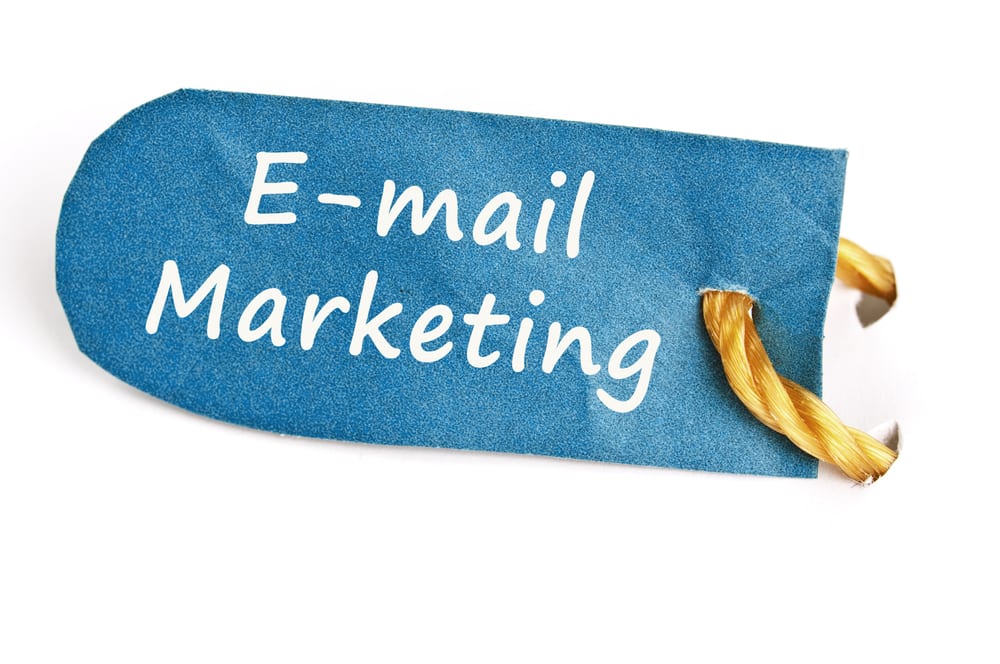Keeping in mind the various factors that can potentially derail your email deliverability and prevent prospects from opening your outreach is the key to turning cold emails into a powerful partner.
Here is what you need to know about landing in the right inboxes and getting your messages read:
Target Accordingly
This should go without saying, but when your business is sending out cold emails, never work from a list of unqualified emails or send generic messages; this is the straight up definition of spam.
You need to spend time researching potential recipients who are likely to be interested in your offerings. You can do this through search engines like Google as well as prominent social sites like LinkedIn or Facebook.
Additionally, you will need to spend some time personalizing the message so that it doesn’t appear like a thoughtless plea for patronage.
A great method for achieving this is to segment your prospects into “micro-niches” and craft personalized emails by their industry.
What’s equally important as targeting the right consumers is making sure you have the right email addresses. Most people these days have more than one email account and tend to withhold their most important ones.
This means that targeting people’s corporate email address with an automatic email finding tool like Norbert will help your messages achieve a greater likelihood of being read.
This sort of service merely requires a name and a .com domain to track down your prospect.
As most are aware, getting a cold email read is going to take much more than just landing in the right spot.
Get Noticed
There are a million articles out there that cover the best practices of writing a cold email, but most fail to mention that a single message likely won’t do the trick.
Since it is estimated that roughly 269 billion emails are sent per day in 2017, people are likely to ignore a large chuck of those that land in their inboxes; when was the last time you had a zero inbox?
This means that there is a fair chance that your first communication will get lost in the mix. In order to get noticed, you need to follow up.
This can be a tedious task if you are working with a sizable list which makes using cold email outreach services like Mailshake a no-brainer.
With tools like this, you can send cold emails, schedule subsequent communications to land at regular intervals, and view important data analytics that help you refine your strategy.
More than just competing with numerous other emails and email addresses, however, you also need to be mindful of ways to not be marked as spam or get flagged by service providers as this can utterly destroy your email’s deliverability.
Easy Opt-Outs
Here’s the thing: Some of your prospects are going to want nothing to do with you. That’s just how it goes.
In order to avoid flared tempers and having them mark your message as spam, make it easy for them to just opt out instead.
Include opt-out options at the top and bottom of your email to make things as painless as possible for both parties. This saves the recipient from frustratingly reporting your email and this saves your business time from pursuing a lost cause.
Consistency is Key
Email and internet service providers monitor email activity to verify that companies are maintaining consistent patterns and not spamming the living daylights out of every email they can get their hands on.
This means a few things:
Firstly, the number of emails you send out per day should be relatively low at first; around 40-50 (this will vary based on business sizes). This number can be slowly ramped up over time, but there should not be any significant spikes in activity.
This is particularly important if your brand uses email automation software capable of blasting out hundreds of emails at once.
If you do leverage such tools, be sure to space out the messages by intervals based on the number you plan to send in a day.
One area where consistency is not necessarily key, however, is in your email content.
Email service providers and ISPs also monitor if brands are sending out the same email repeatedly; this is also a great way to get marked as spam.
Changing small components like the first name can help a little, but your best bet is to create a set of varying templates that alternate so that you are not using the same message time and time again; plus don’t create a variable set of templates that goes against the personalization rule we already talked about.
The bottom line to all of this is simple: Don’t spam people. But don’t hide from cold emails either.
If you take the time to properly research your prospects, craft a targeted message that you genuinely feel with pique their interest, follow up (but don’t harass), and govern your own sending habits appropriately, a cold email campaign can be one of the most prosperous marketing activities your brand embarks on.


